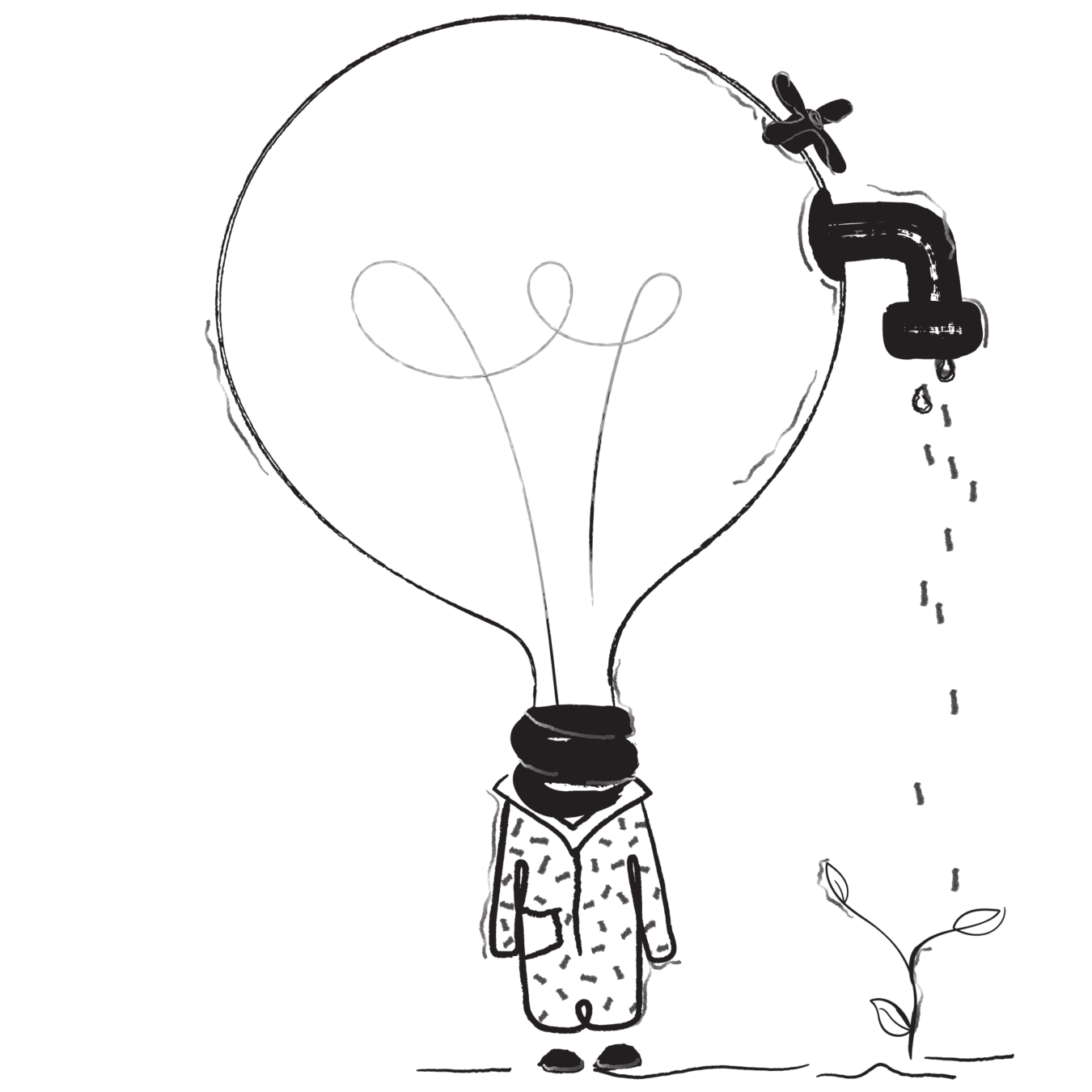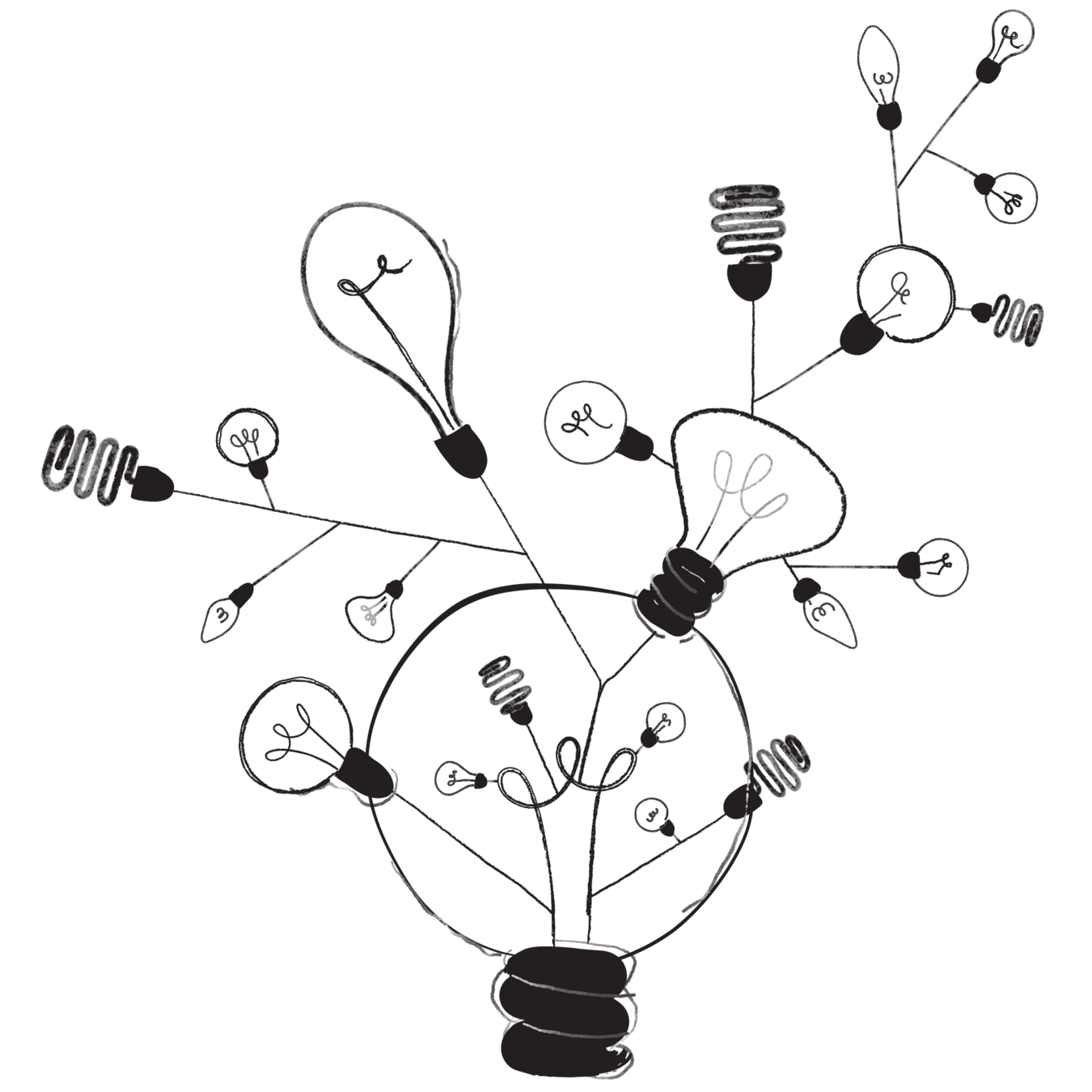Building sustainable digital products
economics of People and Culture
is more about
than Technology
Building sustainable digital products
economics of People and Culture
is more about
than Technology
Building sustainable digital products
economics of People and Culture
is more about
than Technology
Building sustainable digital products
economics of People and Culture
is more about
than Technology
Tech Due Diligence

Internally, Technical Due Diligence assesses the status, structure, and organizational efficiency of the technology team by evaluating individual member profiles, expertise, information-sharing and communication protocols, as well as overall team dynamics.
The evaluation extends to products and the technology stack, scrutinizing the structure, engineering practice, utilization of third-party services, codebase health, delivery protocol, and adherence to industry standards.
Status Quo
Have you ever considered a comprehensive assessment of the technology-related aspects and the status quo of your current or future business?
Technical Due Diligence involves a thorough examination of a company's internal organization, its people, products, technology, and encompassing practices.
We provide valuable insights for founders, investors, and acquirers to understand the strengths, weaknesses, and potential opportunities within the business's technology ecosystem.
In terms of people, Technical Due Diligence scrutinizes the organization's approach to IT governance and compliance policies, ensuring that technology decisions adhere to industry regulations and best practices.
Additionally, the Technical Due Diligence process thoroughly examines both on-premises and cloud infrastructure, scrutinizing hardware and virtual (compute and network) resources, to rate capacity, scalability, resilience, and overall performance.
CULTURE
Software
Products
People
Practice
Tech Presales
Product Discovery

Whether just ideating or building a new software product from scratch, migrating an old one to a new technology stack, or extending the current product's lifetime with patches, optimizations and new features, almost every aspect related to the effort revolves around estimating the scope of work, budget, team, and timeline.
Although making an estimate seems like a quick game of numbers, it's never simple or easy to make a realistic and final one. Instead, it's rather challenging and requires an optimal balance of various long term trade-offs to ensure its feasibility and sustainability.
Building sustainable software products entails much more than simply defining features, selecting technology, assembling a team, and planning release schedules.
The process primarily involves grasping the holistic view of how product features, technology stack and tooling, team organization, delivery practice, and leadership align and function together. Furthermore, the whole process extends to considering the product maintenance and support lifecycle.
It is this holistic and comprehensive understanding from which estimates originate.
Sustainable software products come from a transparent, collaborative, and focused practice that fosters flexible yet rapid exploration of objectives, clear definition of actions, and steady execution.
We work and collaborate hand-in-hand with our partners' CxOs, product and technology leadership, and founder teams to explore, plan, define, and build the software products of the future.
Solution Architecture
Cloud Native Architecture

While cloud computing is undoubtedly the future, the transition for every business to fully embrace it will take time. However, being an early adopter and leader in this transformation can significantly differentiate your business in the market and among users. The digital transformation trend began not too long ago but is rapidly progressing with each new business and product introduction.
Selecting between on-premises, hybrid, and cloud infrastructure, as well as between self-hosted and managed platforms, amidst an oversupply of services, has never been more challenging.
Let us first assist you in comprehending the pros and cons of each option before guiding you towards the most suitable choice.
Explaining Solution Architecture in today's context can be challenging, but our perspective is that it involves the art of balancing legacy and modern solutions
while anticipating future trends.
In today's rapidly evolving landscape of software infrastructure, platforms, and services, the plethora of standalone and managed offerings presents numerous possibilities for solution architectures. Solution architectures, once considered relatively static, now evolve alongside the user-facing products in a dynamic and
ever-changing environment.
Software Engineering Practice
Methodology & Principles

Technology Stack
Choosing an appropriate technology stack for the next project should not be based strictly on trends and what others do, but rather on finding a robust stack that aligns with the project's purpose in a feasible and maintainable way long term. This consideration extends beyond technical aspects to encompass the overall market perspective, including people, software communities, and service providing companies. This applies equally to even the smallest software components.
People, Practice, Principles
Building sustainable software products starts with selecting the right tools, but it truly evolves through the collaboration of people, consistent practice, and adherence to principles. This symbiotic relationship forms the foundation of a strong culture within the organization - where people, practice, and principles intersect. Consequently, recruiting the right individuals fosters a culture of excellence, which in turn promotes consistent practice, eventually solidifying into guiding principles.
The craft of Software Engineering begins with understanding Computer Science basics, selecting the appropriate toolbox, and extensive practice.
While it may take some time to grasp the main principles, mastering software economics and understanding trade-offs often requires years of experience.
Having us as a mentoring partner within your organization or as a consulting studio for hire will provide you with the necessary expertise in software craftsmanship and building sustainable software products.
Team Structure & Organisation
Profiles & Dynamics

Whether embedded in a client’s organization or serving as a consulting studio for hire, we develop and shape bespoke workplans and practice guidelines for each group, team, or individual.
These plans and guidelines are crafted to alleviate workload burdens, elevate productivity, and accelerate progress.
Team Structure
What makes a group of people a team? Is it the individual members or the way a group is organized?
The answer is both, and a bit more. Therefore, it's of significant importance to carefully define the composition of individual team member profiles, ensuring they align with the organization and project needs, and select them accordingly. A solid team structure forms the foundation for a successful project.
Team Organization
Team organization is primarily about contextual information sharing, timely communication, and clear reporting. Knowing the status of teams and individual members, projects and specific work items is crucial and holds the utmost value within any group or organization. Information, when contextualized and combined with overall operational insights, can be elevated to highly valuable and actionable data. Thus, information is akin to currency, representing the primary goal for any business.
GET IN TOUCH
Gradačačka 22-24
71160 Novi Grad
info@argelik.com
Sarajevo
Bosnia and Herzegovina
43°51'23.2"N 18°24'46.9"E
Are you struggling to make critical technical decisions?
Get in touch for a consultation!
Contact
CET
+387